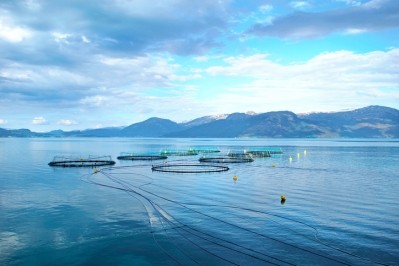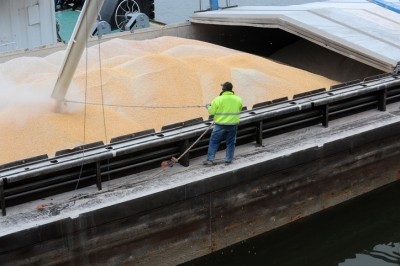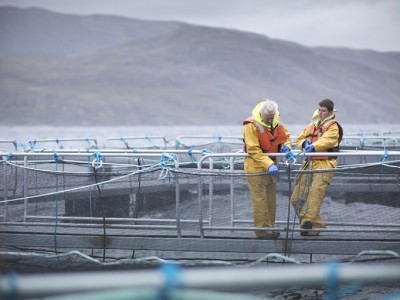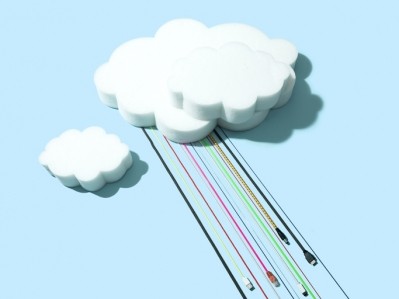Nutreco: ‘Transport logistics is a vital component in helping us optimize our processes and achieve greater sustainability’
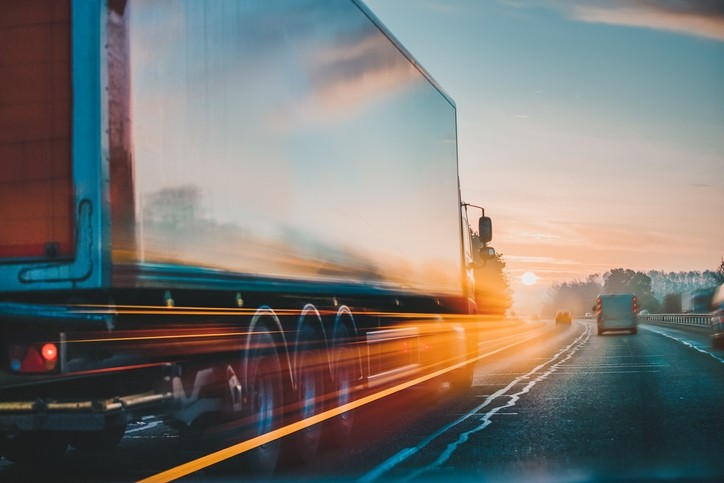
Nutreco is active in 37 countries globally and it needs to manage a complex transport logistics system to deliver animal nutrition and aquafeed to its customers. Transportation represents a substantial component of the company’s environmental impact, it says.
The company is using Transporeon’s services including smart transport allocation and the integration of real-time visibility on carriers to enhance its global footprint.
The software management solution will enable it to optimize its shipment planning across its operating companies, as well as to utilize data to minimize empty runs and increase its sustainability efforts on shipments, said Nutreco.
It told us it will also look to optimize movements of trucks at its plants and warehouses by using a slot management tool provided by Transporeon. It wants to be able to track its shipments and to be able to proactively inform its customers in case of holdups due to traffic delays, for example.
The logistics software will allow the Dutch animal and fish feed group to track its carbon emissions as well. “This aligns with our commitment to science-based targets.”
“What we are trying to provide to the market is a reduction in empty mileage overall, to combine as many loads as possible, and, from the distance point of view, to make routes as short as possible, thus reducing CO2 emissions,” Harald Varel, head of product management for SaaS & Cloud Based E-Logistic Solutions, Transporeon, told FeedNavigator.
In terms of the C02 calculation of the route itself, there are varying levels depending on the mode of transport being used, he said. But environmental impact can be optimized by companies taking into account C02 emission data into their route planning, for example.
And should a company choose to incorporate CO2 emission thresholds into the tendering process, he said Transporeon could provide feedback on whether a carrier was in compliance with such contractual obligations.
Transporeon says the environmental benefits of streamlining logistics include:
- Avoiding empty runs with a smart transport allocation strategy.
- Tracking impact and create strategies for further optimization by measuring the total CO2 emissions of transports.
- Managing human resources for loading and unloading in a better way by tracking truck positions in real time.
- Using ETA stamps (estimated time of arrival) for each delivery.
- Shortening or eliminating time spent idling by optimized truck management at the warehouse.
Pairing up to reduce GHG emissions from shipping
Nutreco fish feed arm, Skretting, has already been involved in projects aimed at greater logistical efficiencies.
Skretting CEO, Therese Log Bergjord, told us in May about the sustainability success the company has had with the logistics initiative it began last year with Cargill to transport the two companies’ Norwegian feed products on the same vessels instead of separately.
As well as decreasing shipping traffic and costs, this move had cut the greenhouse gas emissions associated with the transportation of fish feed by one-fifth, said the company
The two feed players believe that the collaboration, over time, would create greater efficiencies in transportation and increase the service levels for Norwegian salmon farmers.
Skretting sustainability manager, Trygve Berg Lea, commented then: “It is a project that is well suited to Norway where there is a long coastline, and where we have traditionally operated all our feed freight via shipping. The initiative fits very well with the ambitions today of companies and authorities in terms of reducing carbon footprint. Why run two boats parallel when one boat is able to handle this more efficiently? I also believe that, in the long run, there are economic benefits from this [kind of operation], and the economy box is another that needs to be ticked to have sustainable solutions.”
